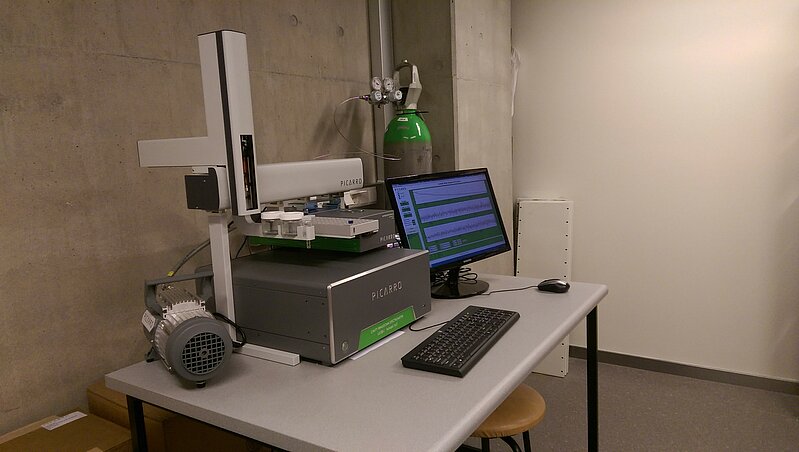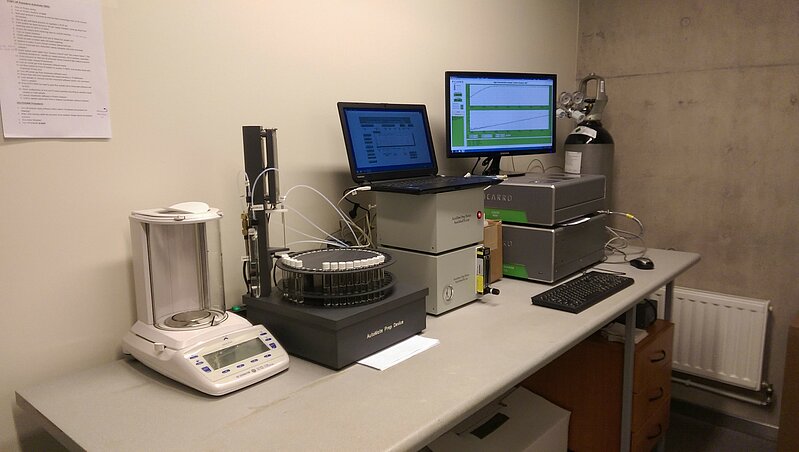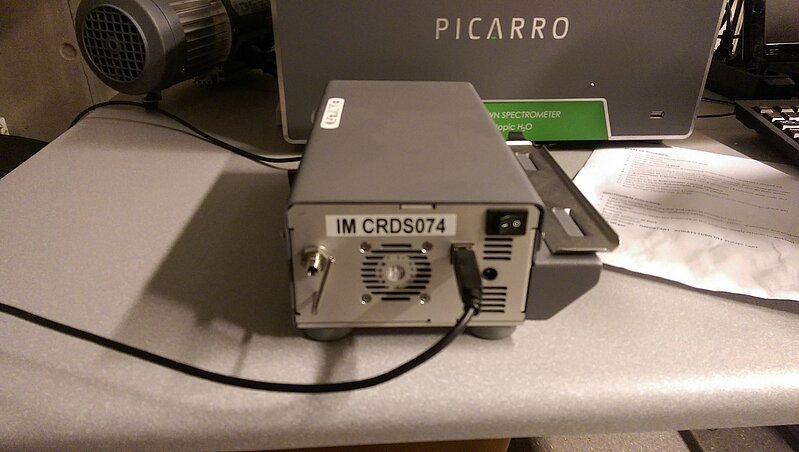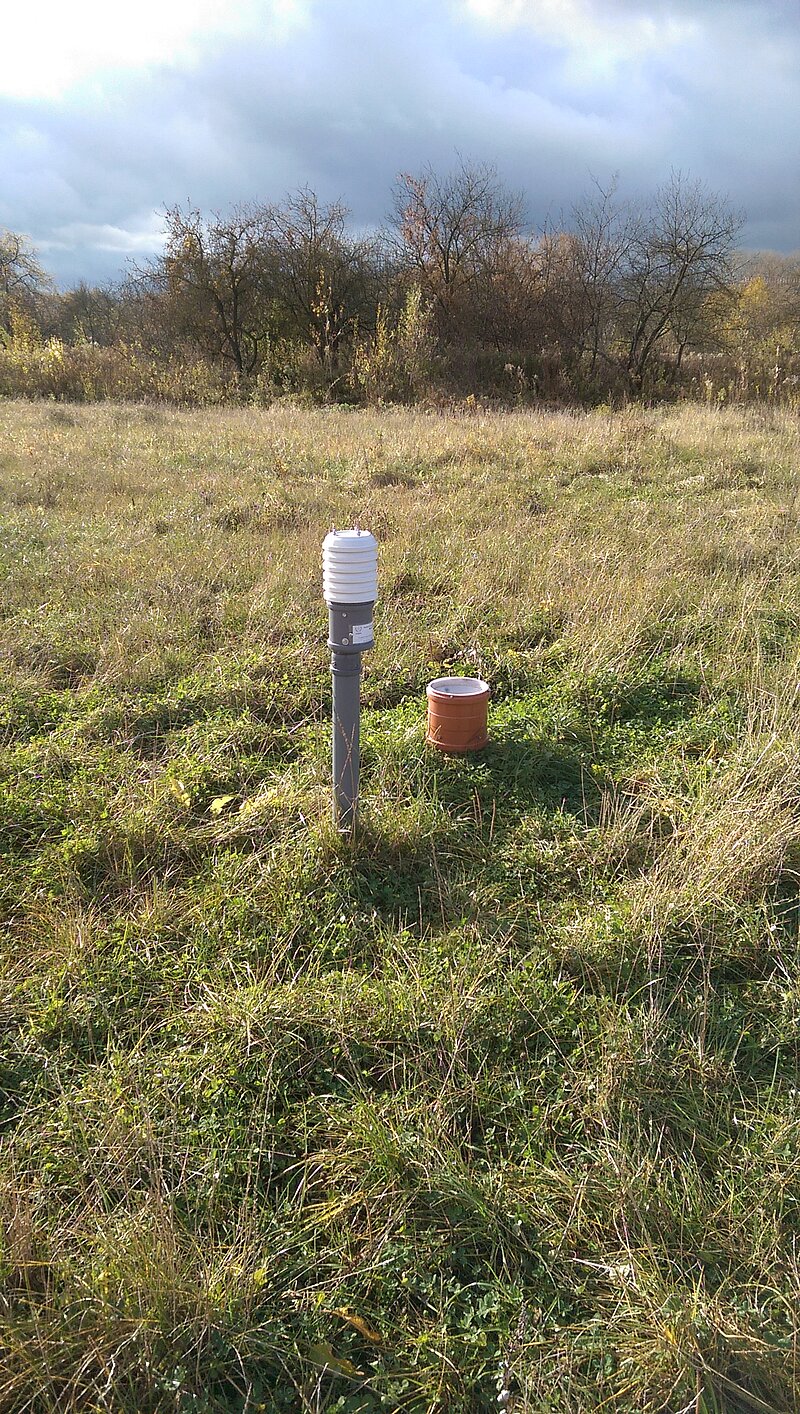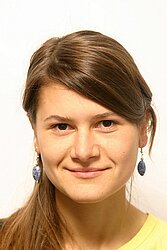
Head: researcher Alise Babre
The main purpose of Environmental dating laboratory at the University of Latvia (further LU FGES EDL), Faculty of Geography and Earth sciences is to sustain continuity of scientific research of the University, support and develop scientific work. Laboratory provide, store and help to interpret stable isotope data for further research needs.
LU FGES EDL maintain and supplement stable isotope data base on a regular basis with a new surface and subsurface samples for instance, precipitation, lake, river, groundwater etc. analysis. LU FGES EDL in cooperation with IAEA perform monthly monitoring of stable isotope values for global stable isotope networks: in precipitation (GNIP) and surface (GNIR) samples.
Laboratory staff perfect their knowledge and skills about methodology, innovative instrumentation and interpretation of data in IAEA training courses and workshops as well in cooperation with friendly laboratories and institutes.
Environmental dating laboratory has established significant cooperation and exchange of knowledge with Tallinn University of Technologies and University of Vilnius. To evaluate accuracy of stable isotope analysis, precision and efficiency of workflow laboratory takes part in IAEA interlaboratory comparison tests (WICO) every 4 years.
Parameters that can be measured in LU FGES EDL:
· δ18O ‰ VSMOW (18O/16O)
· δ2H ‰ VSMOW (2H/H)
· δ13C ‰ VPDB (13C/12C)
Analysis receptiveness is at least ±0.2‰ for δ18OH20, ±0.5‰ for δ2H H20 and ±0.5‰ for δ13C H20
Where the results can be used?
Widely in environmental sciences, nature protection, identification of pollutants, medicine, forensics, food authentication etc.
Analysed sample types:
· Water (precipitation, surface and groundwater). Sample size at least 20 ml for δ18O, δ2H, preferably taken duplicate. For δ13CDIC in H2O sample size at least 100ml, depending on carbonate concentration.
· Solid materials for δ18O, δ2H analysis (soil, peat, food etc.) at least 1 g of water content.
· Solid materials (dolomite, limestones, fossils, chalk etc.) ~ 0.5 – 1 g, however, depends on carbonate concentration in samples.
Sampling procedure for stable water isotopes in liquid samples (additional information to be provided, sample collection and conservation requirements) Annex Nr.1 ⇒ here
Laboratory equipment

 Academic Centre
Academic Centre